The traditional clothes of Europe are known as ‘folk dresses’ which they used to wear every day. The fabrics were made of cotton and wool from sheep. Let’s know about the traditional clothes of some European countries.
Denmark & Sweden Traditional Dress
Denmark and Sweden are neighboring countries. That is why we’ll see the similarity between Danish and Swedish traditional clothes.
Still, Denmark has their identifying characteristics, has its national heritage through costumes. Danish peoples or Danes prefer burgundy, royal blue, dark blue, dark green, brown, and black like other classic colors. In women’s costumes, they wear a blouse made of white calico (cat). On top of that, they wear a sleeveless jacket with a fitted bodice with hooks or lace. At the bottom, they wear a skirt and under the skirt, there could be several layers of petticoats. On the top of the skirt, an apron was worn. Men’s costume was similar to women’s. Men used to wear knee breeches made of leather or thick fabric. The shirts were layered. Their long skirts were tucked into the underneath trouser.
The royal family wears the traditional costume in Sweden and others were on their national day and other festivals. Women used to wear a blouse under a full-length dress paired with wooden shoes called clogs. They use a bonnet in the head. Men wear a loose shirt and above them a sleeveless jacket as shown in the picture.
Greenland Traditional Dress
In Greenland due to harsh weather, they use used dead polar bear skin to make boots, pants, overcoats, etc. The special cloth here is called Anorak, which is a waterproof jacket with a big hood. Garments are always used in layers to protect themselves from the cold. Kalaallit wears a Kalaallit suit on occasion which is a beautiful multicolor outfit.
Iceland Traditional Dress
The traditional dress of Iceland looks a lot like Sweden’s and Denmark’s costumes. The dress is called Kyrtill which is a tunic or a skirt. Upphlutur was worn above it which is the bodice and mainly black as shown in the picture. Men used to wear woolen trousers which are called Holmenskloede.

The traditional dress of Iceland looks a lot like Sweden’s and Denmark’s costumes. The dress is called Kyrtill which is a tunic or a skirt. Upphlutur was worn above it which is the bodice and mainly black as shown in the picture. Men used to wear woolen trousers which are called Holmenskloede.
The United Kingdom Traditional Dress

The Celts were a group of tribes that originated from Europe and then spread across Europe This costume is called a Celtic costume. Men here used to wear a tunic with a belt, braccae which was woolen trousers tied with a string around the waist, and a pouch bag hung from it. They used a cloak, paired with flat leather shoes. In the picture, a modern couple is dressing like a Celtic Couple.
England Traditional Dress
The official events in the British Monarchy in England always required a particular uniform for Warders and royal guards. The uniform of a Yeoman Warder is a knee-length scarlet red color tunic, knee breeches, stockings with a round-brimmed Tudor hat, and white ruff as shown in the picture.
Scotland Traditional Dress
Men used to be Kilt. Both Men and Women wore tunics which are made of a woolen fabric called tartan. Most tartans had a red base color. Sporran hung from the belt tied in the waist above the skirt, which is a purse. Sporrans were made of leather or fur.

Ireland Traditional Dress

Iceland costumes are very similar to the Scottland costume. Both Women and Men wore tunics made of wool and basically, it’s green in color.
Green is an earthy mature color, know precisely when to wear this and when not to create a mature impression
Here are some more interesting related topics!





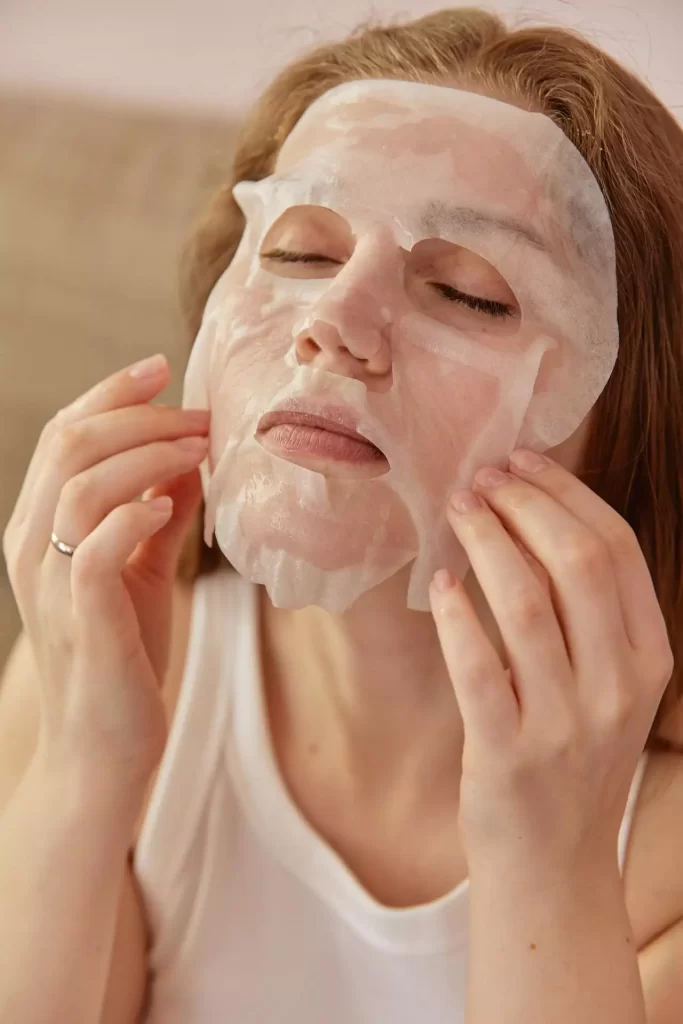
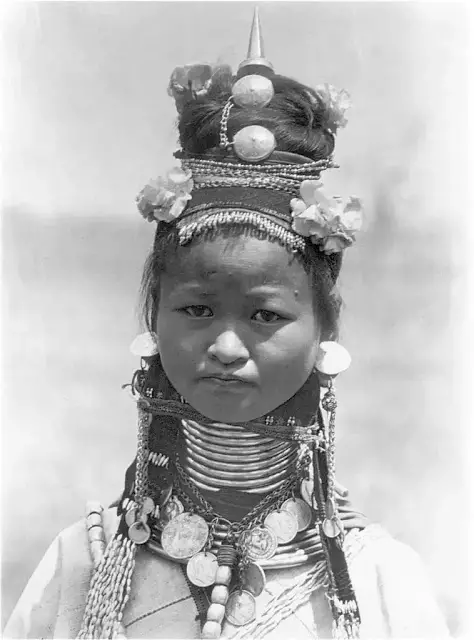
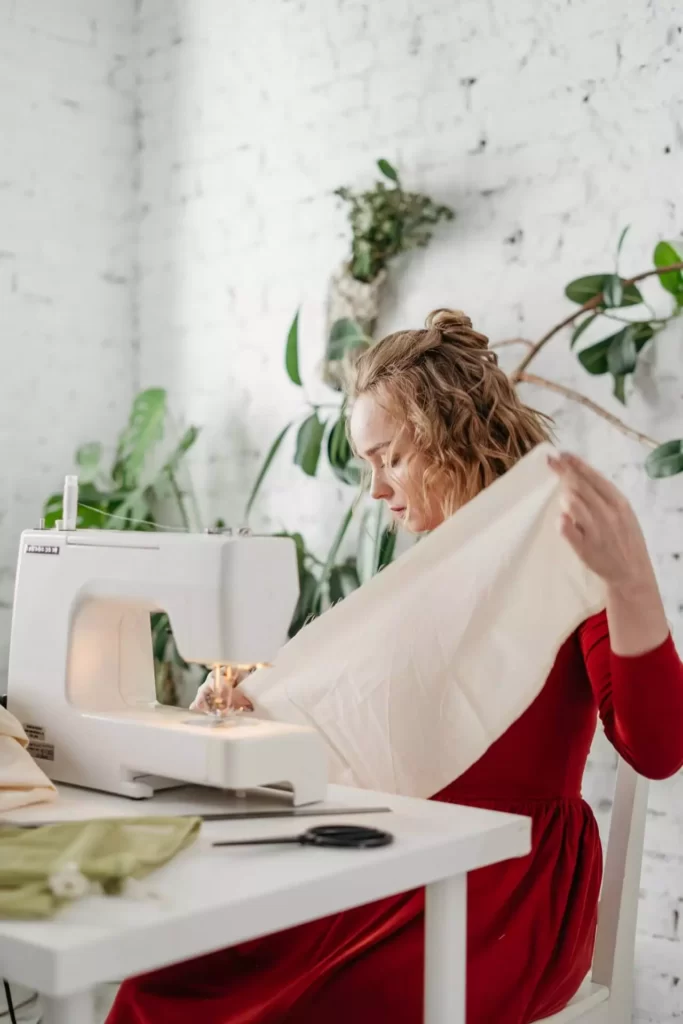
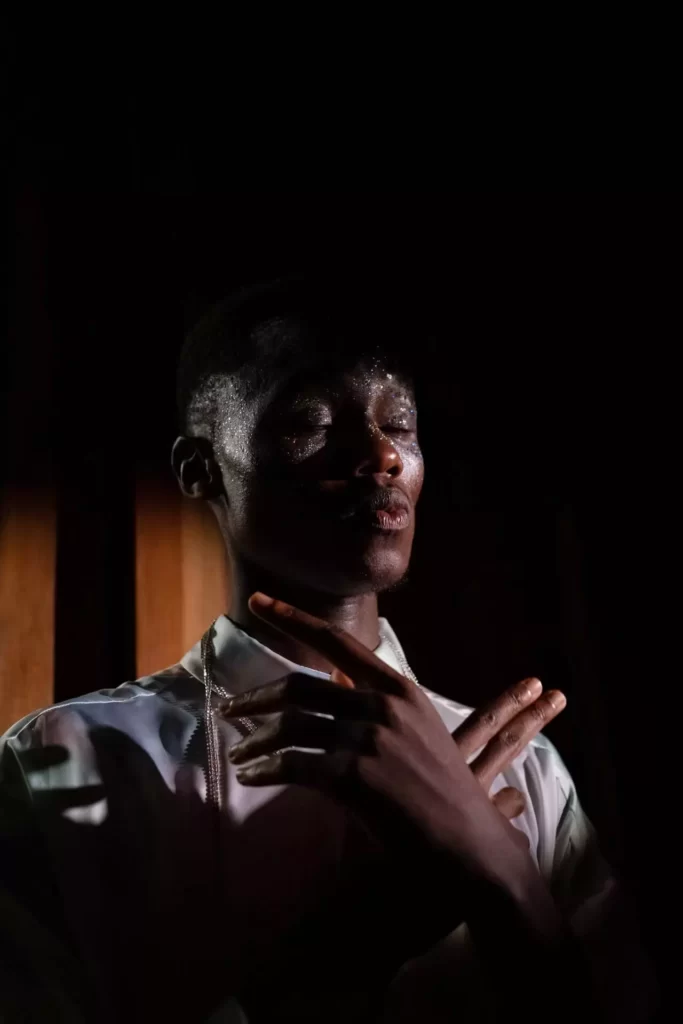
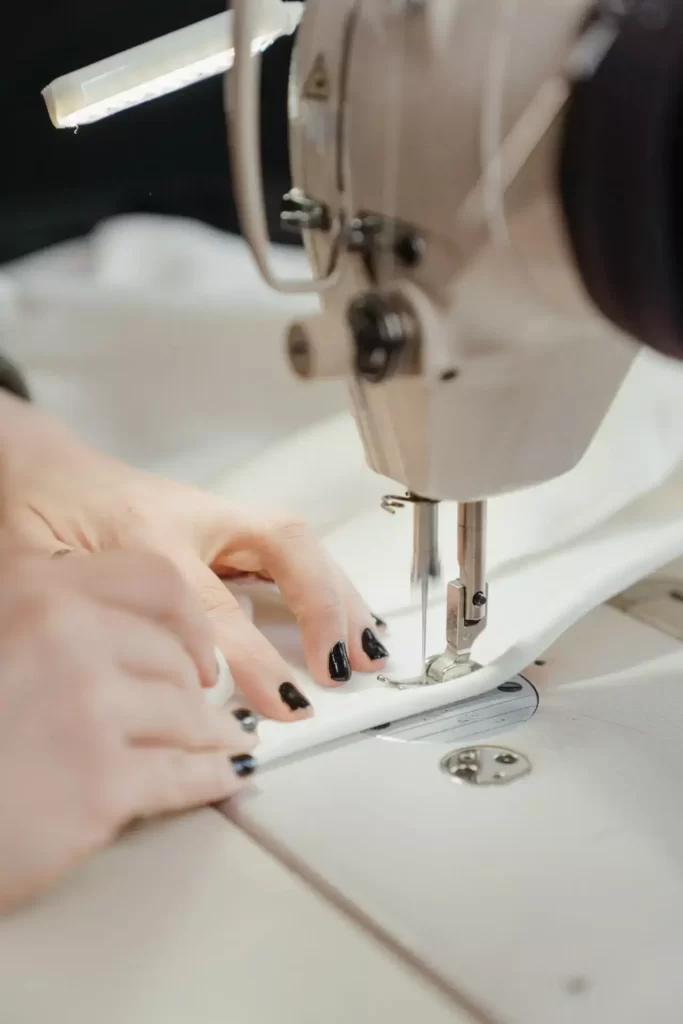
2 Comments. Leave new
Interesting read! I like how people are still trying to revive and remember the traditional clothing and etiquette through events like renaissance faires. They are highly famous for their visitors’ renaissance costumes which is why stores sell renaissance accessories like here on this site https://grommetsleathercraft.com/product-category/clothing/. Do you think decades from now, these acknowledgement to our history would still be practiced?
\ʕ •ᴥ•ʔ/